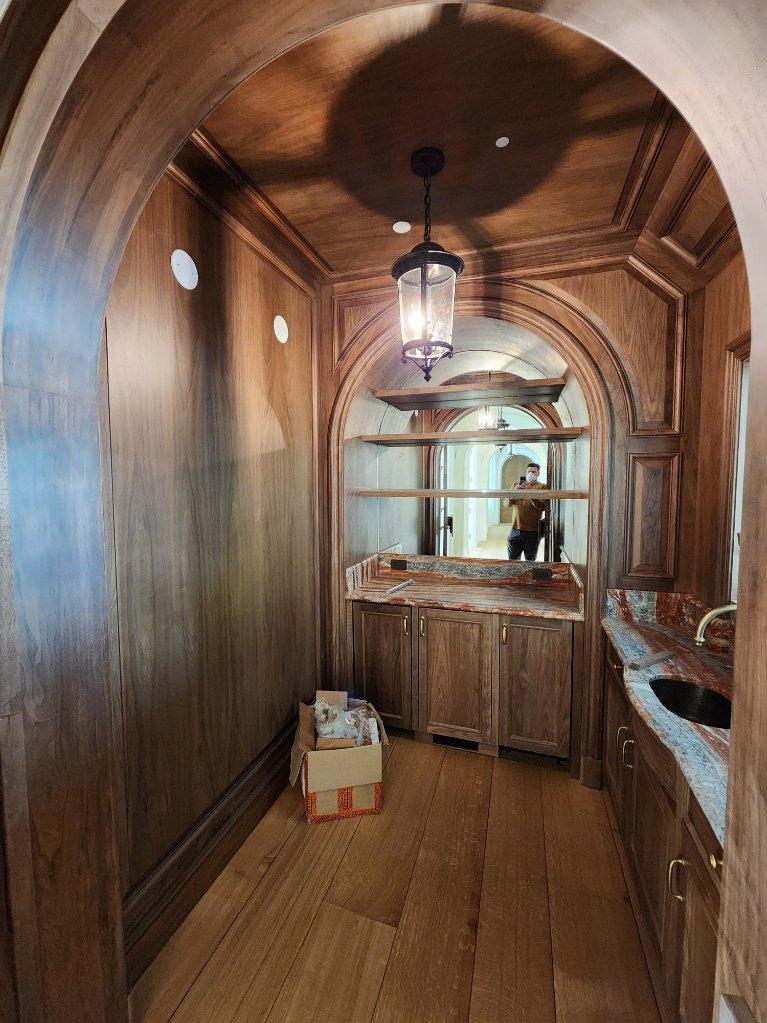Architectural millwork is a key element of finish carpentry, which includes a wide range of crafts. All of the wood components that are visible once a structure is finished are referred to as architectural millwork. This comprises doors, windows, staircases, paneling, trim, and shelving in both domestic and commercial cabinetry (kitchens, bathrooms, storage, offices, and closets). In essence, it includes all woodwork incorporated into or connected to a building’s interior.
Wood is quite appealing to people. It personifies the marvels of nature and stands for longevity and craftsmanship. Imagine a century-old tree that has been converted into a functional masterpiece that is set to last another 100 years. There are infinite tales to be told by the scent, feel, natural beauty, and texture of wood. People’s dwellings now require wood as a fundamental component. But what does it take to turn this adaptable material into a genuine masterpiece?
An inventive method of making wood is architectural millwork. The term “millwork” refers to a variety of tools used to transform logs into lumber and shape that lumber to meet certain functional requirements. While it may appear simple, outstanding woodworking workmanship is necessary to achieve architectural perfection in millwork.
The terms millwork and woodwork are frequently used synonymously. But not all woodwork falls under the category of millwork. Doors, windows, stairs, paneling, trim, and other wood goods made at a lumber mill are all considered to be millwork. Conversely, floors and ceilings are not regarded as millwork. Almost everything that is constructed into or affixed to the exteriors or interiors of a structure that is made of wood is, in essence, included in millwork.
Casework is another type of woodwork. Casework and millwork differ in their construction and degree of customization. Casework is made out of pre-constructed cases or boxes, whereas millwork is made to order and installed in place. Commercial cabinets such as those in kitchens, bathrooms, storage facilities, offices, and closets are examples of casework. Unlike millwork, which is customized to individual requirements, these products are easily accessible from retailers.
Due to its ability to provide customized goods depending on customers’ requirements, architectural millwork is highly sought after. It is possible to do this process on-site or in a specific millworking shop. The main benefit of using architectural millwork services is that it gives homeowners and architects the chance to add intricate details beyond what is already available.
While technology has improved millworking methods, most of the procedures haven’t changed. Although machines and computers can now cut and process materials, trained artisans are still needed for the finishing touches and craftsmanship. Architectural millwork differs from other carpentry techniques because of this fusion of modern technology and traditional craftsmanship.
What makes MOAT’s Architectural Millwork unique, then? MOAT is still dedicated to perfecting quality, making sure that their workmanship is still unparalleled in the sector. They incorporate modern technology while retaining the fundamentals of traditional woodworking, ensuring the highest caliber of excellence in their work.




